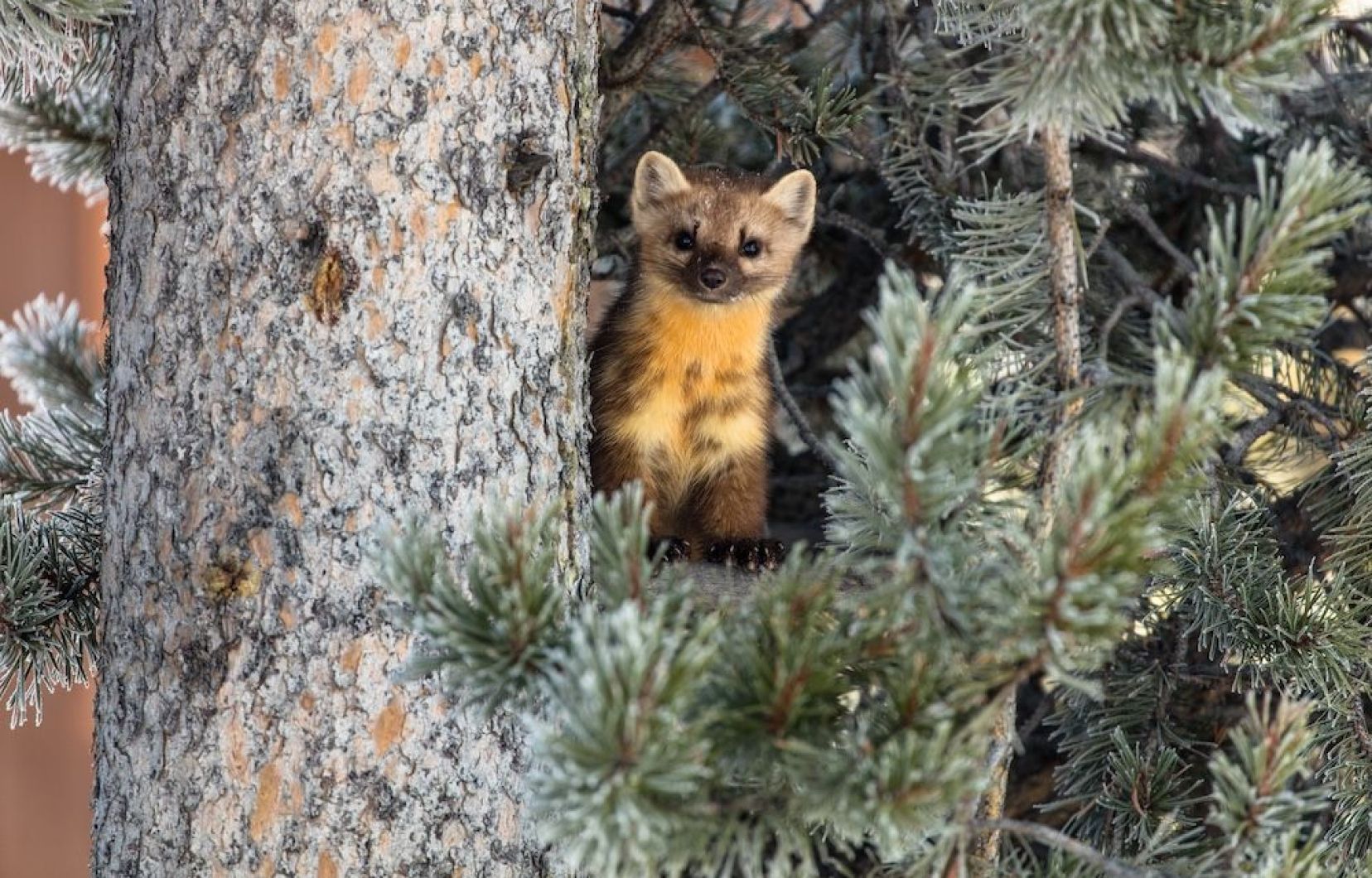This text is taken from Courrier de la planete. To subscribe, click here.
A rich fauna inhabits the St. Lawrence lowlands, distributed throughout the constellation of habitats dotting the territory. To jump from one island of nature to another, animals use ecological corridors, arteries of greenery that weave between human infrastructures.
How can we avoid cutting these essential links when we want to build something?
For a year, this question has resonated in the Northvolt case. In reality, we should ask ourselves this before any industrial, commercial or residential development project, argues Andrew Gonzalez, professor of biology at McGill University. Especially since the tools to answer them already exist.
“This science exists. We are able to make estimates before a decision is made — and not after the fact, lamenting because we have lost more ecological connectivity,” says the man who is also co-director of the Center for Biodiversity Science of Quebec.
Across the St. Lawrence Valley
The map below shows the most important “ecological corridors” in the Laurentian Valley. Dark red designates particularly crucial places. Pink, those whose priority is low. Pale green shows protected areas.
These data are published by the Ministry of the Environment, the Fight against Climate Change, Wildlife and Parks (MELCCFP) of Quebec. They come from a research project carried out by Mr. Gonzalez and his colleagues, completed in 2022.
On the scale of all the St. Lawrence lowlands, certain major axes stand out.
- Between Trois-Rivières and Quebec, a wide corridor provides the connection between the Laurentides and Appalachian mountain ranges.
- South of Lake Saint-Pierre, a corridor leads to the Montérégiennes.
- West of Montreal, a corridor connects the Ottawa River to the foot of the Adirondack Mountains in New York State.
The researchers calculate the importance of each piece of territory by considering how five species of vertebrates manage to move there, using a methodology very similar to that used for their most recent study, described in Duty last week.
And at Northvolt?
Let’s now take a closer look at the Richelieu River sector, where the Swedish company Northvolt is building its first electric battery gigafactory in North America.
On this map, the 170-hectare Northvolt lot appears in a red polygon, at the junction of McMasterville and Saint-Basile-le-Grand. The satellite map shows that before the work began, nature was reclaiming its rights on this contaminated land, formerly occupied by an explosives factory.
This plot was a rare island of greenery in the very agricultural Richelieu valley. It is strategically located between the Saint-Hilaire and Saint-Bruno mountains, both protected natural areas.
On the map of ecological corridors, we can see a wide reddish band that connects the two Montérégie mountains. Biologists’ calculations attribute to the Northvolt lot an appreciable, but not disproportionate, importance in helping animals move.
“This island was relatively important for connectivity. We cannot say that it was important on the scale of the entire St. Lawrence lowlands, but it was important on a local scale, in Montérégie-Est, where only a few pieces of land remain. forest that the animals must connect with “Japanese steps”,” explains Mr. Gonzalez.
Unless there is a last-minute change, the construction of the giga-battery factory will continue to lead to the destruction of the natural environments on the site. Provincial officials had already highlighted the “high ecological value” of these environments in a report.
Professor Gonzalez is now calling on governments, municipalities, MRCs and developers to use his map of ecological connectivity “hot spots” to prevent, rather than cure.
